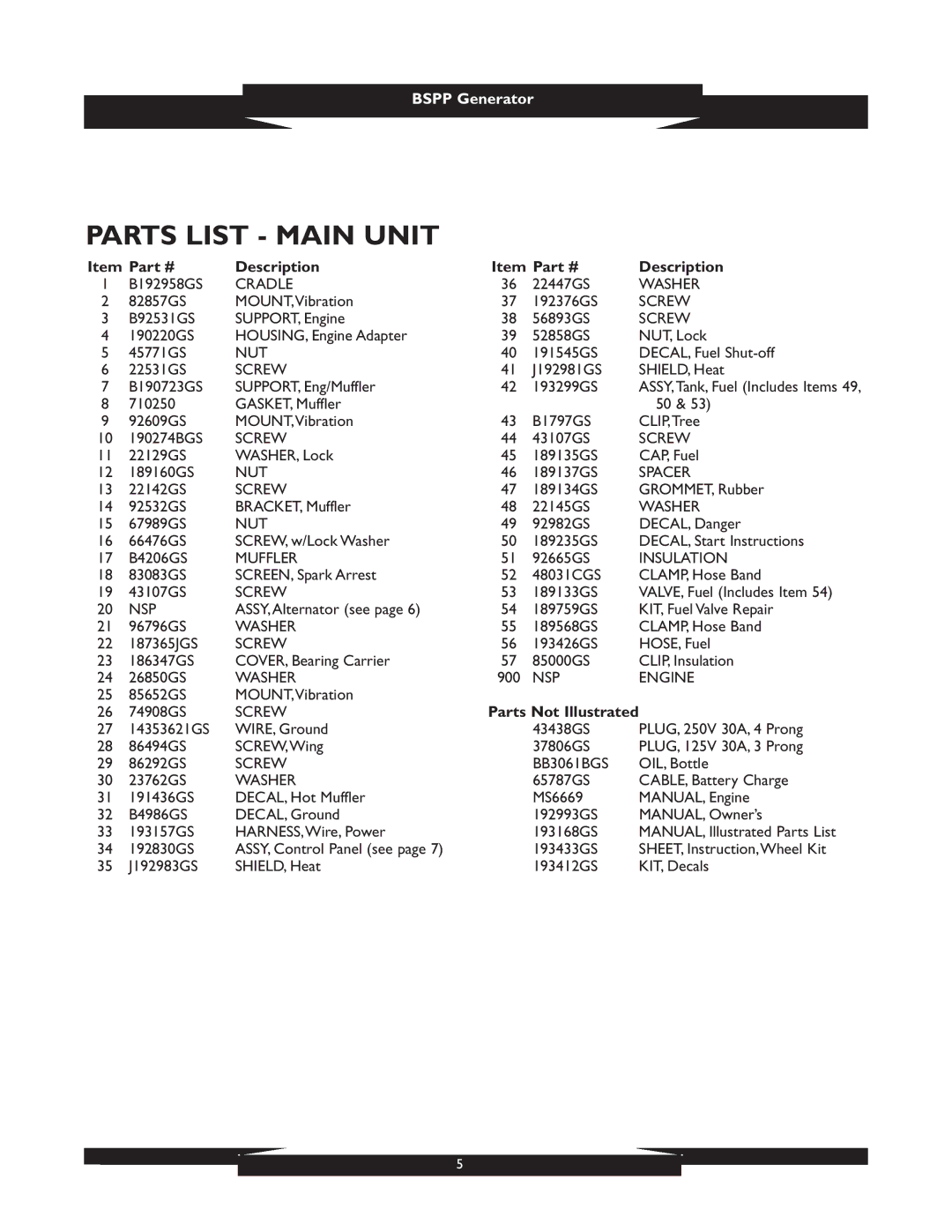1933 specifications
In 1933, Briggs & Stratton was solidifying its position as a leading manufacturer of small engines, which would go on to power countless machines and devices across various industries. During this period, the company focused on innovation and quality, establishing a reputation that continued to grow in the following decades.One of the main features of Briggs & Stratton engines in 1933 was their reliable performance. The engines were designed with a robust construction that could withstand the rigors of daily use. The company emphasized durability, ensuring that its engines could perform under challenging conditions. This reliability made them popular for agricultural equipment and other heavy-duty applications.
Another key characteristic of Briggs & Stratton engines was their ease of use. In an era when many machines relied on manual operation, the engines were designed for simple starting and straightforward maintenance. This user-friendly approach allowed a broader audience to take advantage of the power offered by Briggs & Stratton engines, from farmers to small business owners.
Technologically, 1933 was a pivotal year for Briggs & Stratton as the company began incorporating advanced engineering principles into its products. The introduction of lightweight aluminum components marked a significant shift in design, reducing the overall weight of the engines without compromising on strength. This innovation not only enhanced performance but also made transportation and installation more manageable for users.
Efficiency was another hallmark of Briggs & Stratton engines during this time. The company focused on optimizing fuel consumption, enabling users to achieve more with less, which was particularly important during the Great Depression when resources were scarce. By maximizing output while minimizing fuel use, the engines proved economically beneficial for small-scale operations.
In summary, Briggs & Stratton in 1933 exemplified reliability, ease of use, technological advancement, and fuel efficiency in its small engines. These attributes not only contributed to the company’s enduring legacy but also laid the groundwork for future innovations in engine design and performance. As they continued to evolve, Briggs & Stratton would become synonymous with quality and reliability within the engine manufacturing sector, influencing many industries that still rely on their engines today.

